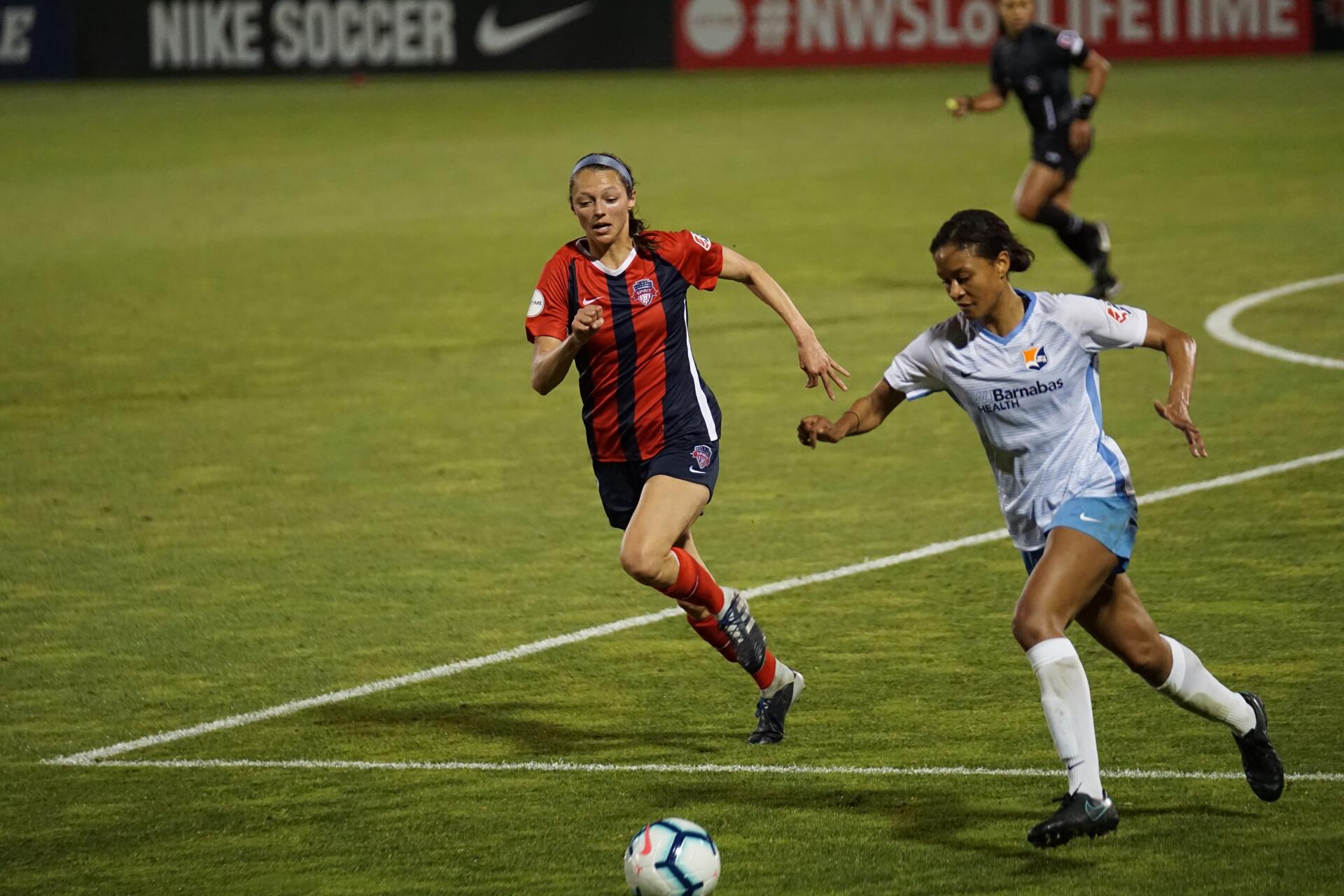WOMEN'S SPORT POISED FOR RAPID GROWTH - WHAT THIS MEANS FOR SPONSORSHIP
Kevin Hall • 17 May 2021
The opportunities and benefits of a largely untapped sector

According to a new study carried out by insight agency Two Circles on behalf of the Women’s Sport Trust, the increase on the £350m per year currently generated by women’s sport, through ticketing, broadcast rights and sponsorship deals, would make it one of the fastest growing sectors in the sports industry.
The chief executive and co-founder of the Women’s Sport Trust, Tammy Parlour MBE, said: “Women’s sport has been on a strong growth trajectory. However, most sport played by elite female athletes still has a long way to go until it becomes commercially viable. To achieve long-lasting change, and for women’s sport to occupy a central role in our culture in the UK, the sports industry must widely recognise a social responsibility to building sport for all, and practically connect a vision for women’s sport to long-term commercial profit.”
Back in 2015, our founder David Peters worked with Women in Sport to provide a similar analysis of the state of women’s sport and there was a clear finding; a lack of media exposure was fundamentally affecting the value of women’s sports sponsorship. The results then were startling. In the UK, men’s sport was getting 77% of the TV coverage compared to 20% for mixed gender sports like tennis and only 3% for women’s sport. There was also a direct correlation with these numbers based on the number of sponsorship deals being done, but the value was less than half. Our conclusion was - if you can’t get the media to give women’s sport more airtime it will never grow, whether that’s in terms of girls’ and women's participation or commercial revenues from the media and sponsors.
Thankfully, the world has changed quite a bit in a relatively short space of time. There is much more widespread coverage of women’s sport on TV. The Women’s Super League deal with the BBC and Sky in football, and Sky’s extensive coverage of netball and rugby are both great examples of this much needed exposure, including mainstream broadcast news coverage. The BBC’s sports content now represents nearly 30% of all sports coverage.
However, there is still room for improvement in how women’s sport is viewed. The much derided European Super League had only one sentence in its press release to reference the women’s game. “After the start of the men’s competition, a corresponding women’s league will also be launched, helping to advance and develop the women’s game.” They might as well have said “The women’s game is not a priority, so we’ll get round to that later…” The good news for football and for the women’s game is it’s not happening.
So, how are brands viewing women’s sport? In our experience, more brands are recognising the importance of women’s sport as a marketing platform and not just as an “added value” bolt on to their men’s sponsorship. O2’s
renewal with the England RFU brings spend parity across the men’s and women’s games. Three’s recent Chelsea FC deal covers both the men’s and women’s teams too and they are proactively activating their partnership with the women’s team. Vitality’s extensive sports sponsorship portfolio also has a significant investment in women’s sport, including their sponsorship of the Netball Superleague. We are starting to see growth of investment in women’s sport.
The reasons why more brands should be investing in women’s sport as a marketing platform are:
- It’s a far less cluttered space for brands to stand out compared to the men’s games.
- It’s a low cost entry into sponsorship, offering very good value for money.
- Equality and diversity are important for brands, so there needs to be a compelling rationale as to why women’s sport is not being considered. Consumers care about these matters.
- Women’s sport is a movement and a community, and the athletes are, overall, more accessible to sponsors and willing to work with brands who are investing in their sport.
- Its media profile is growing and the National Governing Bodies are also investing more in the women’s game to grow participation and the standard it is played at.
- Globally, women are involved in 70-80% of all purchase decisions through buying power and their influence on men’s decisions, according to a recent article by Forbes.
There is still a long way to go for women’s sport, but we believe it can grow three-fold in the next ten years. The work we are doing with our client RLWC2021, who is hosting the women’s tournament alongside the men’s tournament, is another excellent example of how women’s sport is getting the media coverage it deserves and the support of brand sponsors.
Brands can play a vital part in the process of growing women’s sport and simultaneously benefit from its success.

